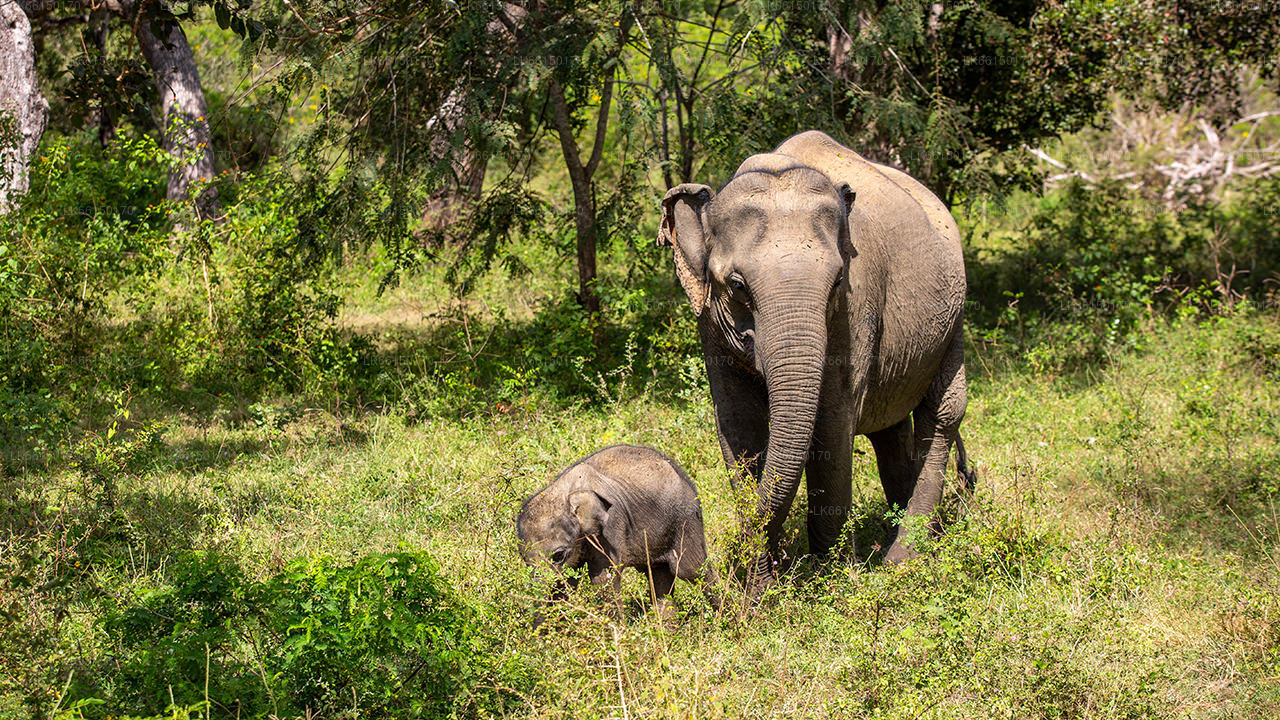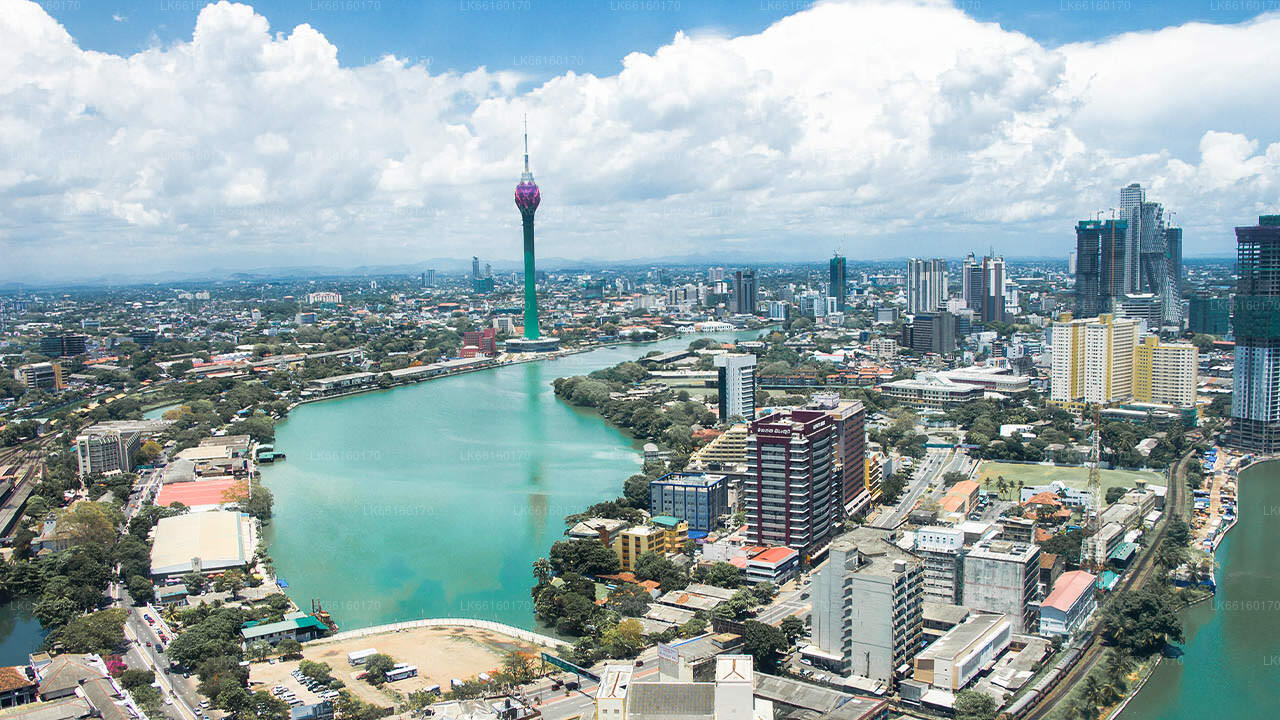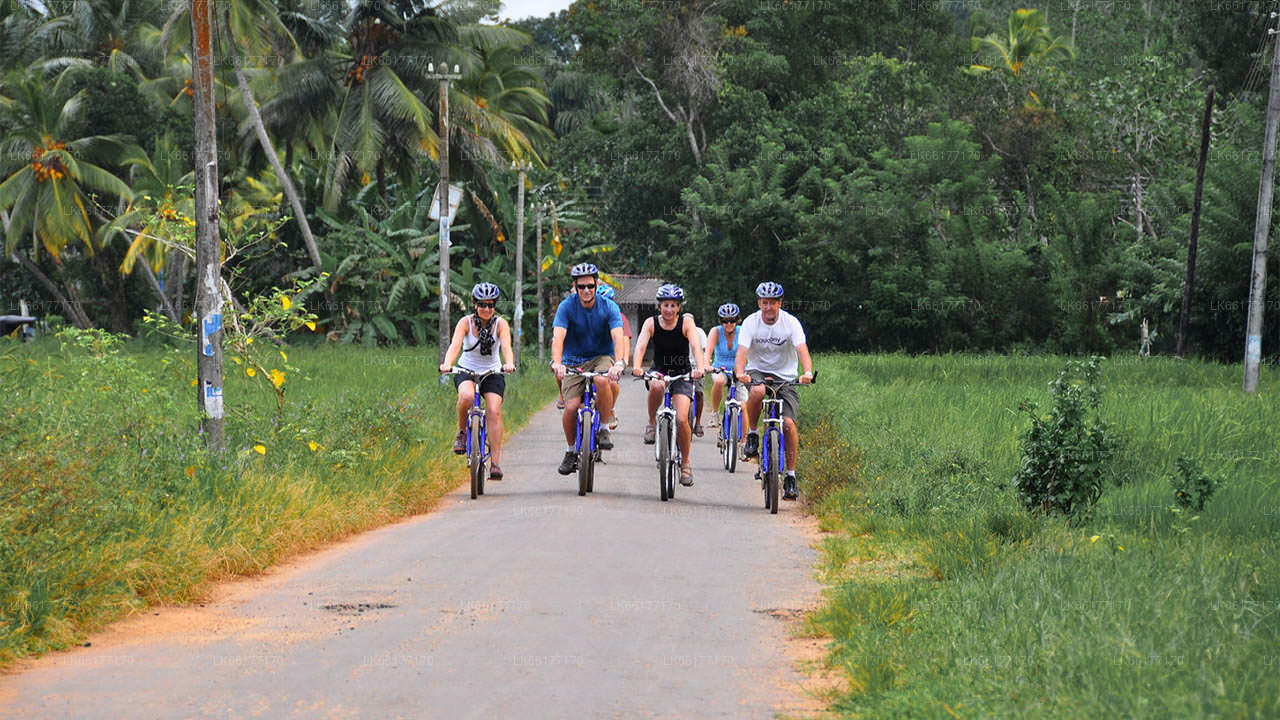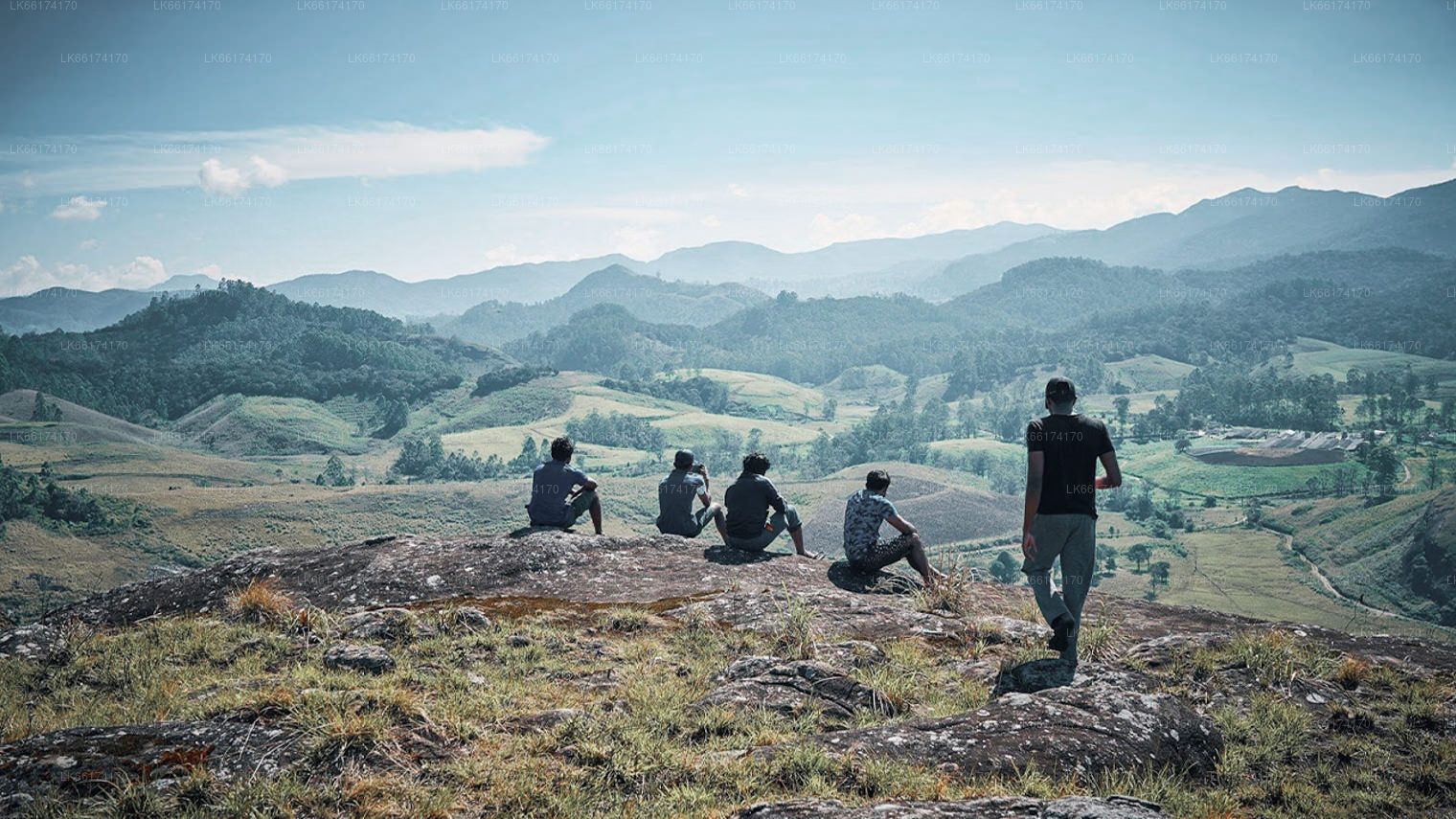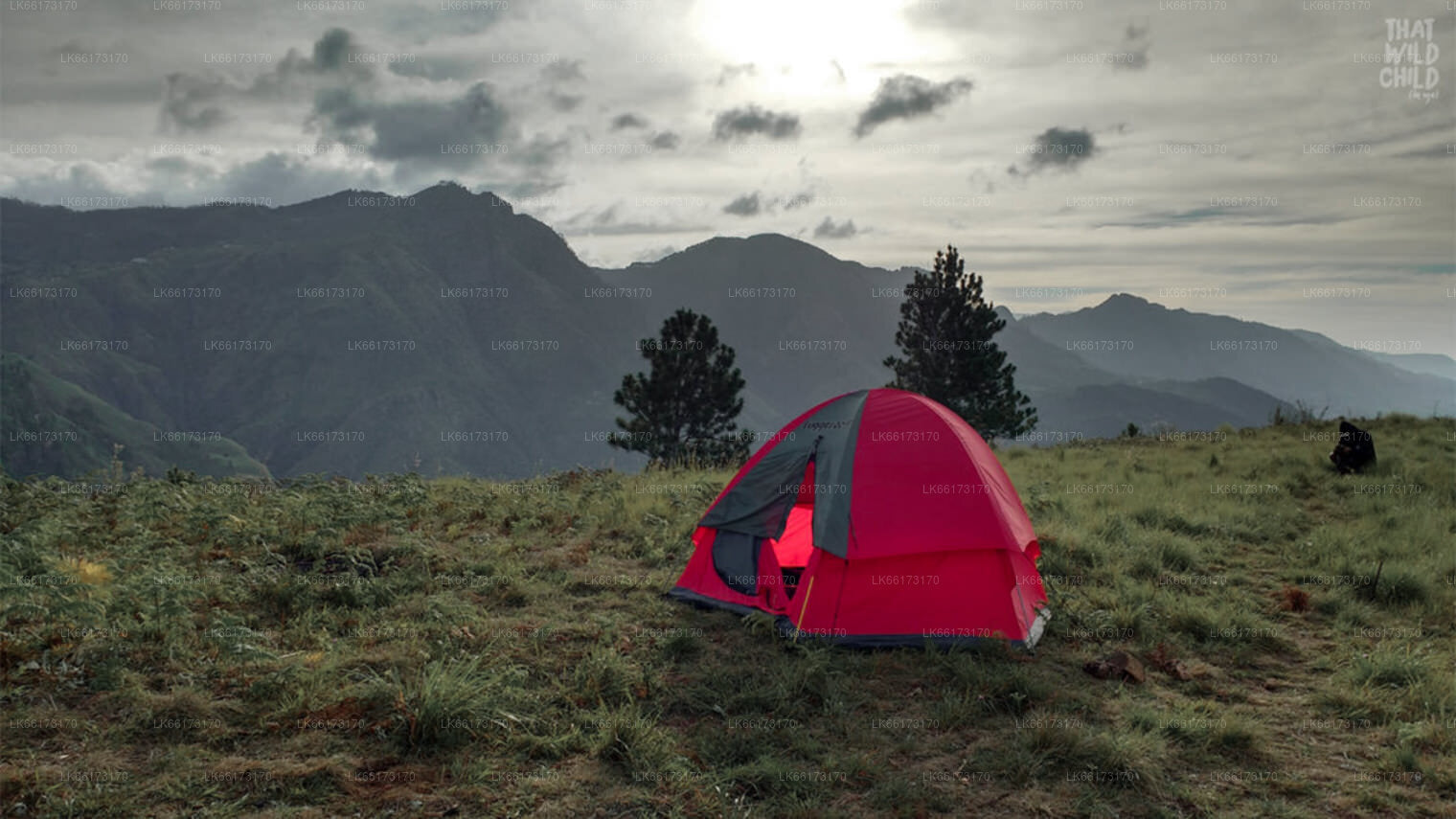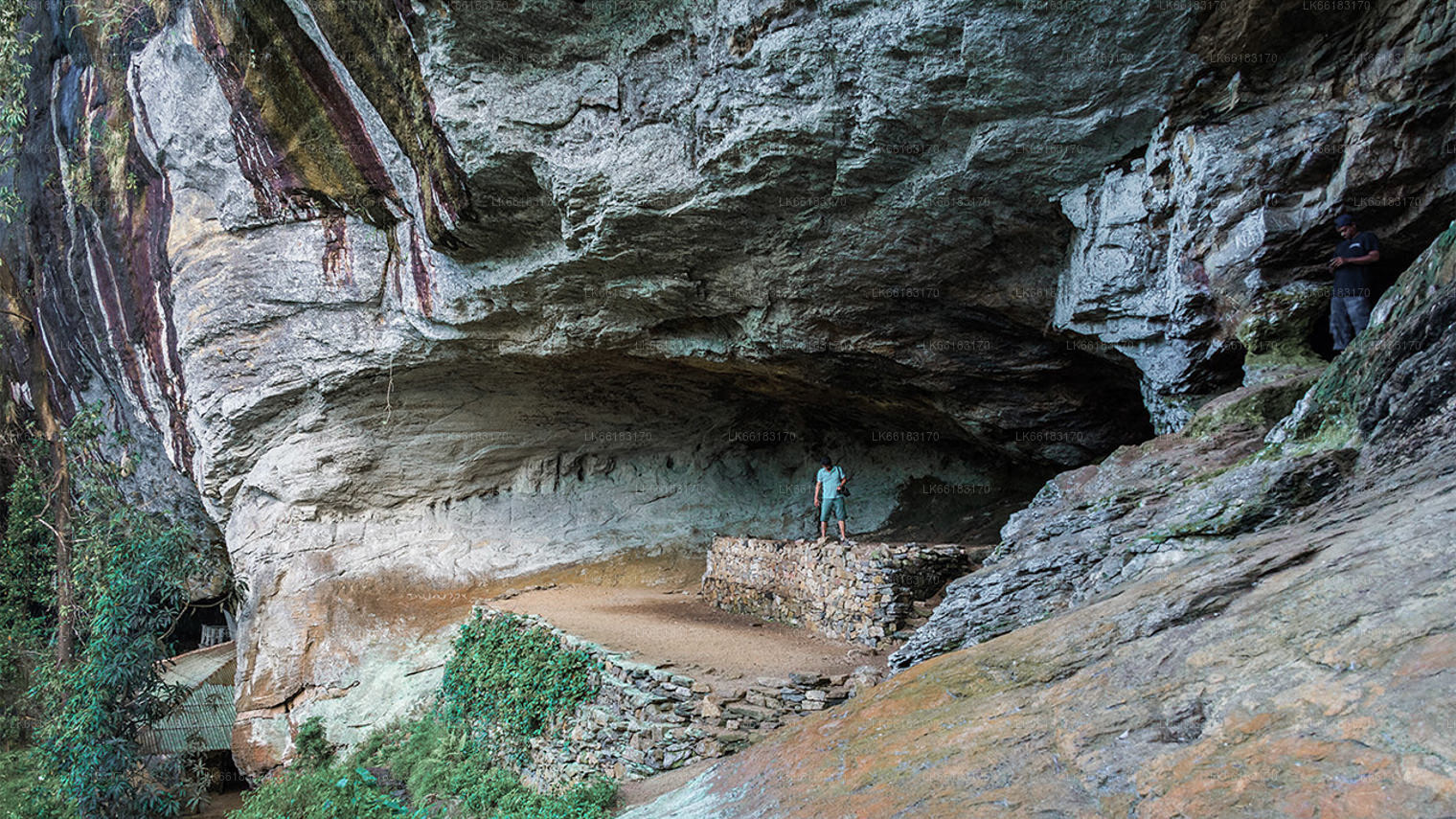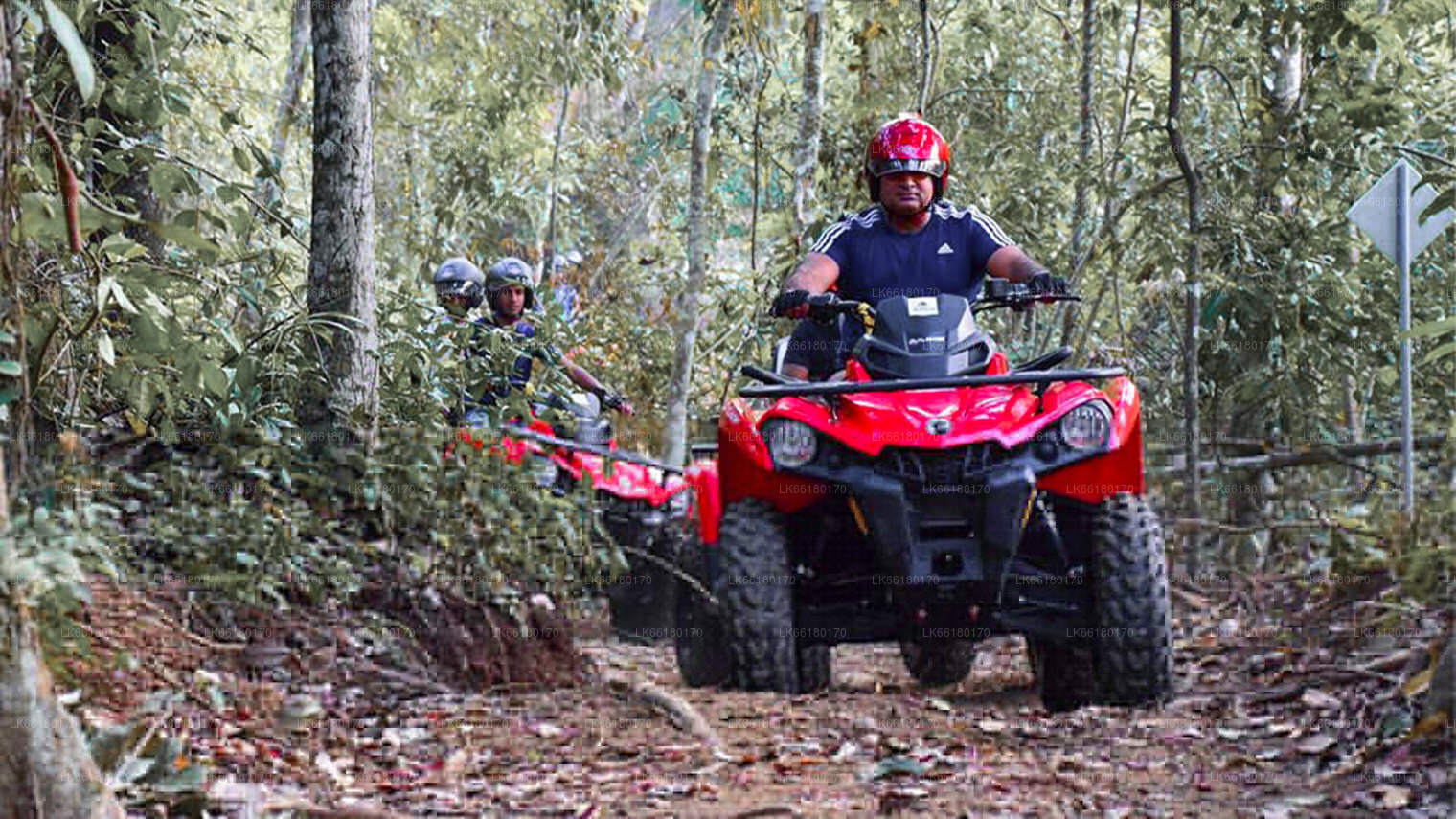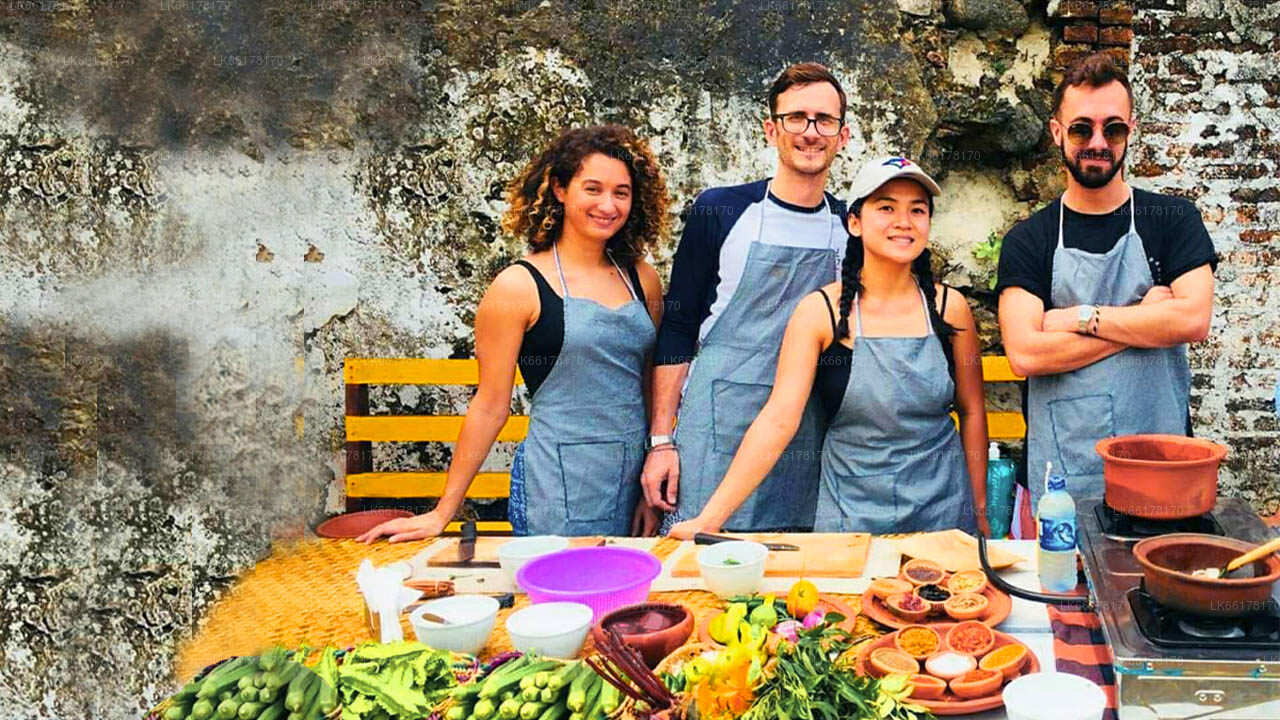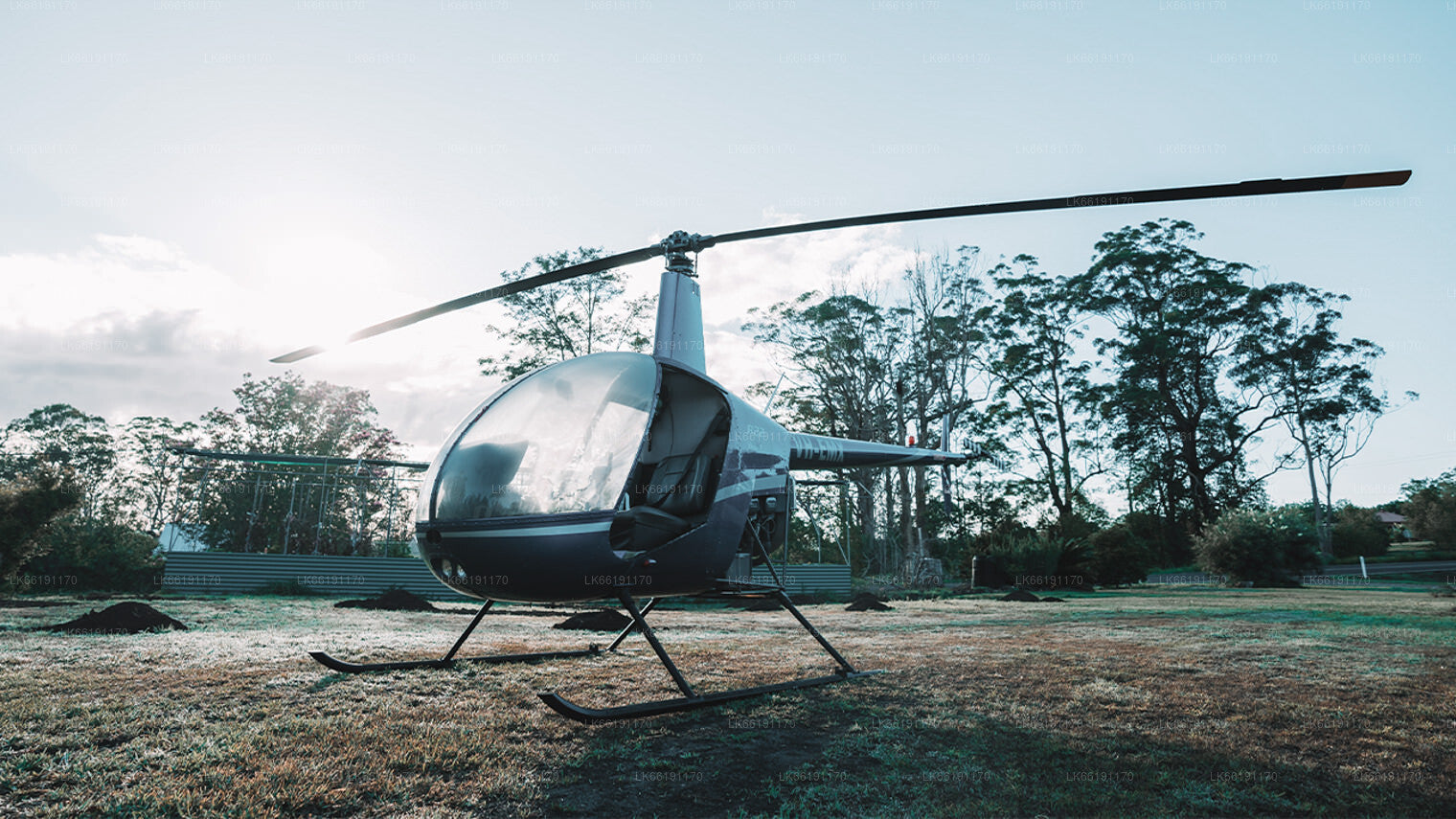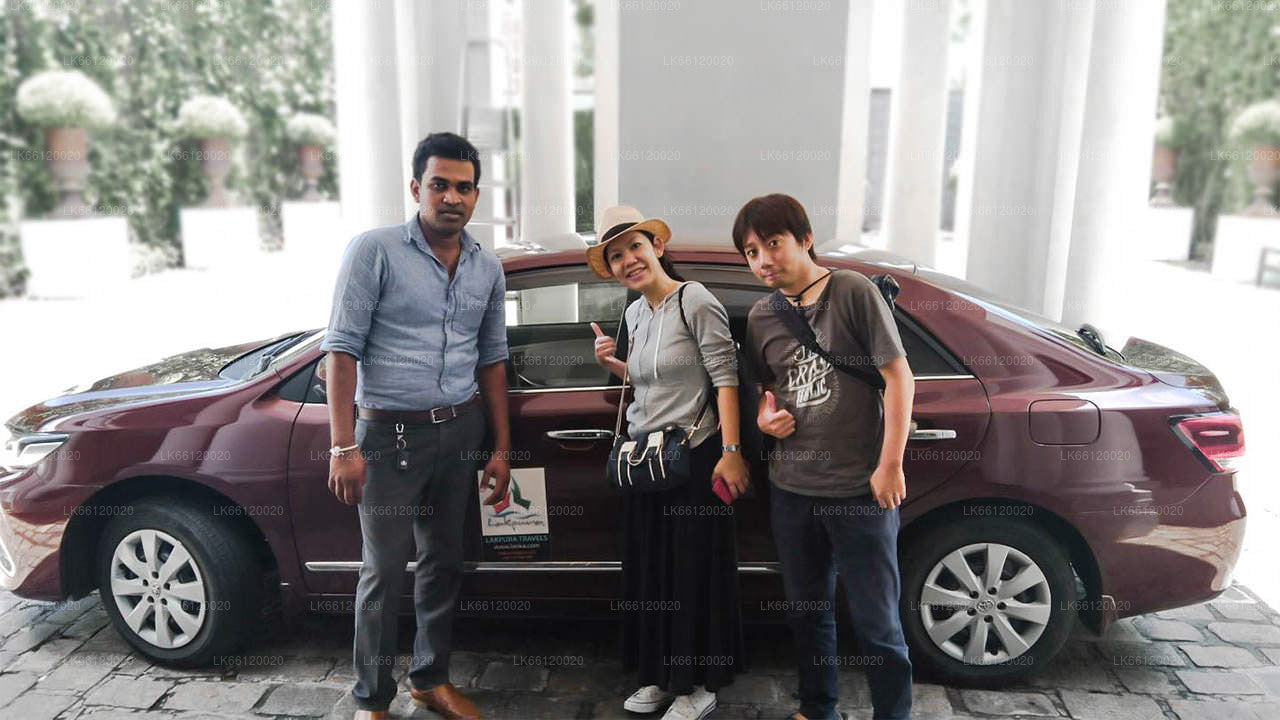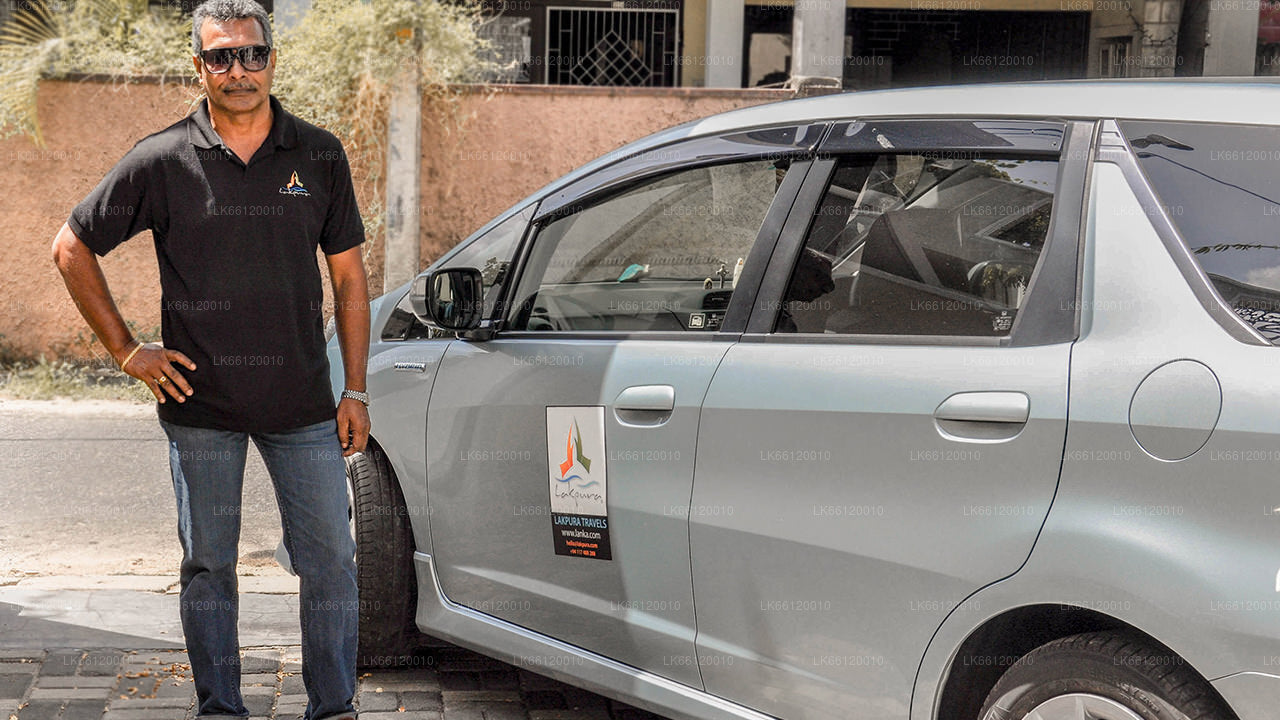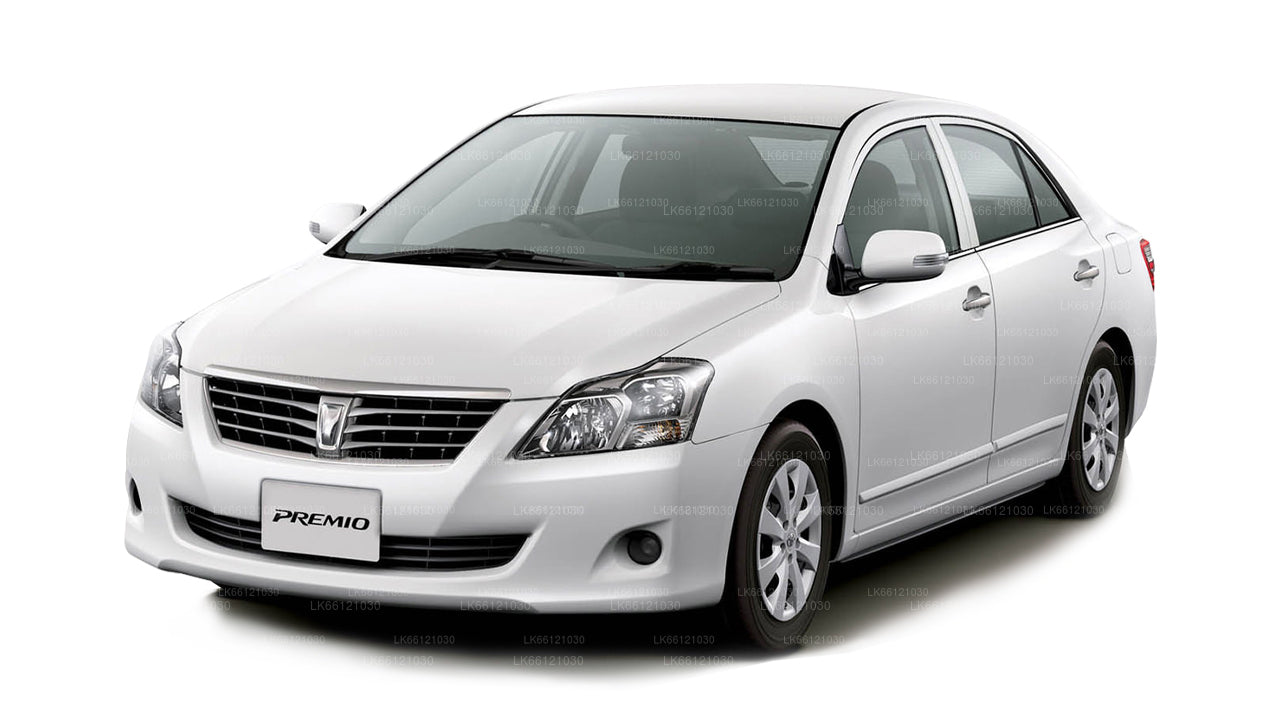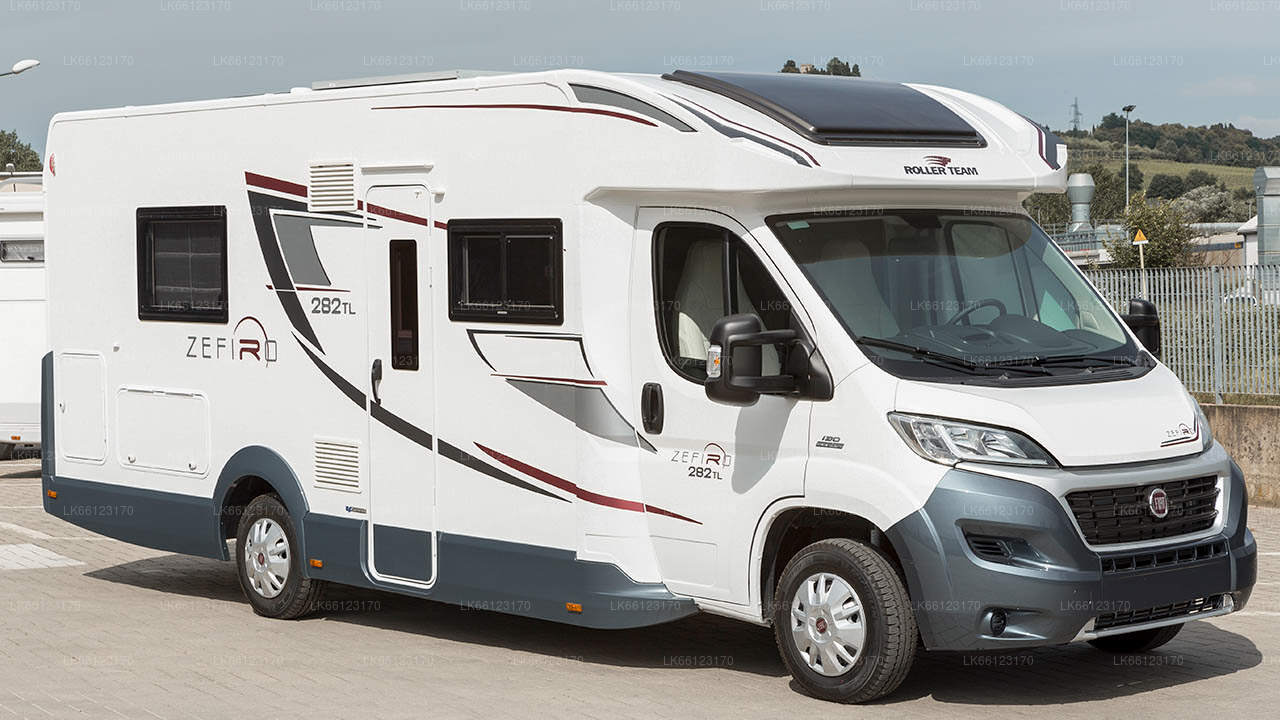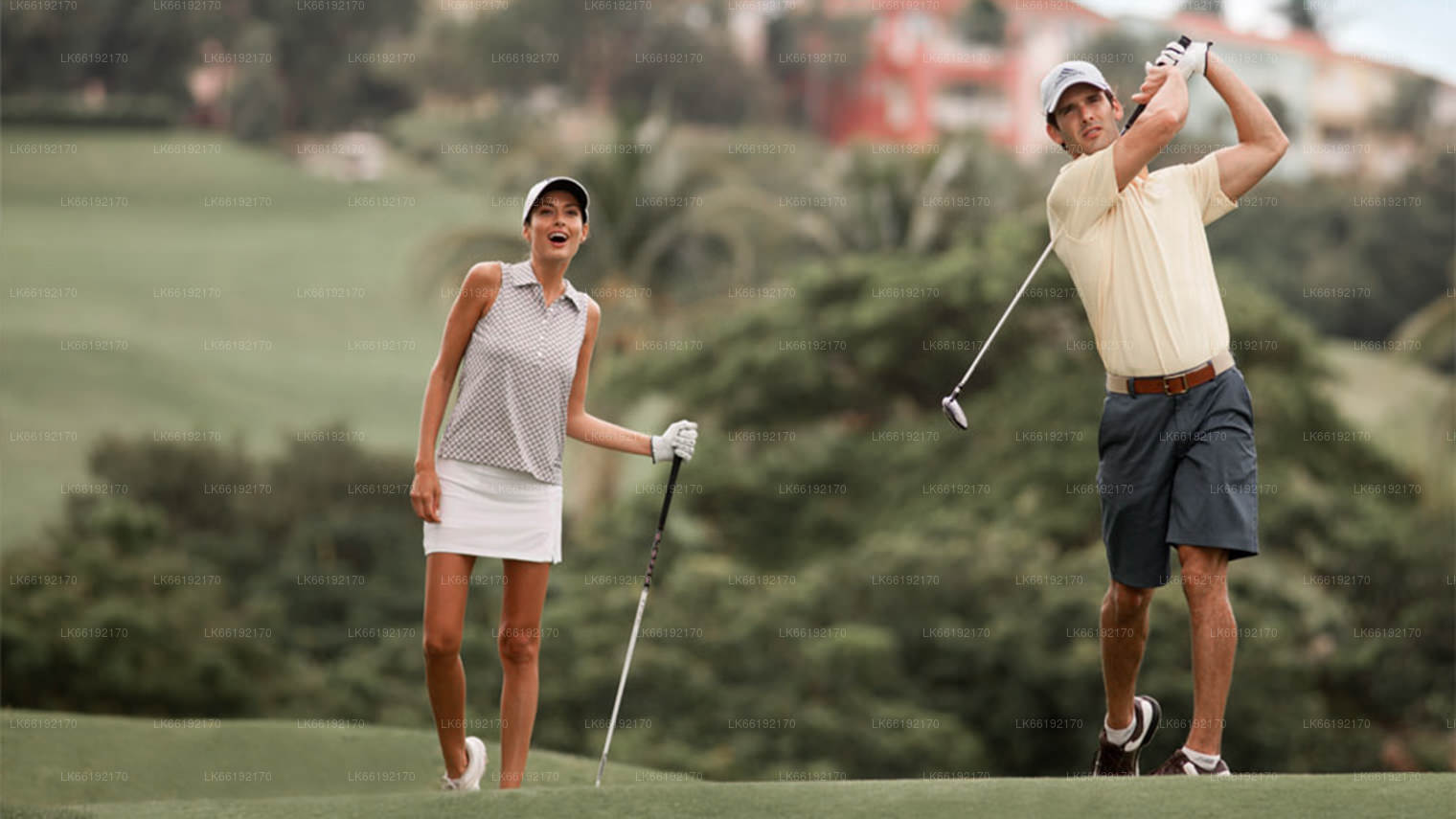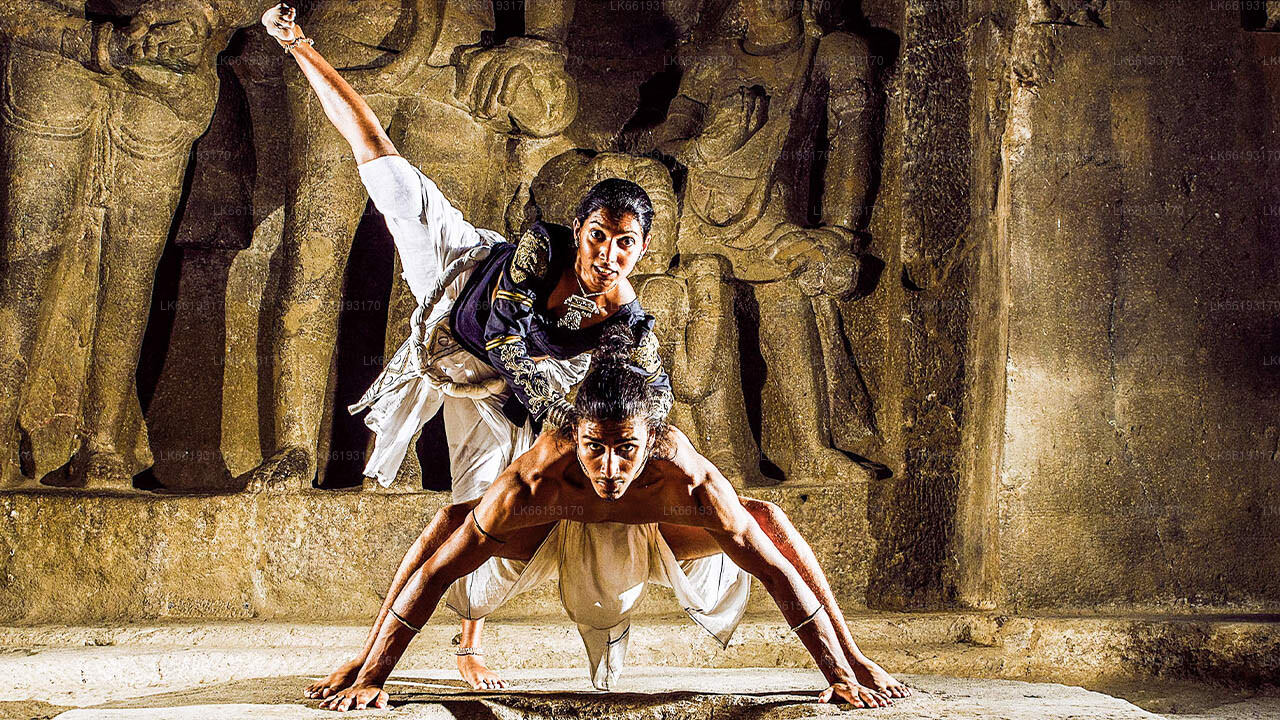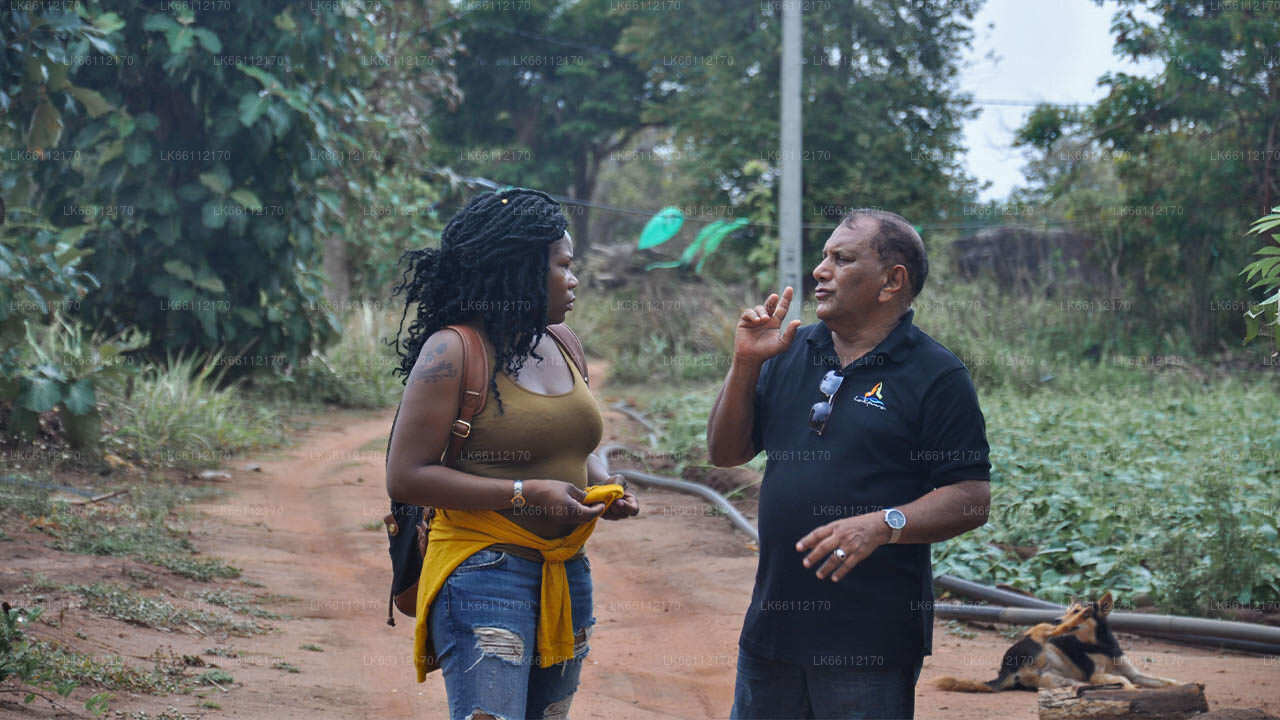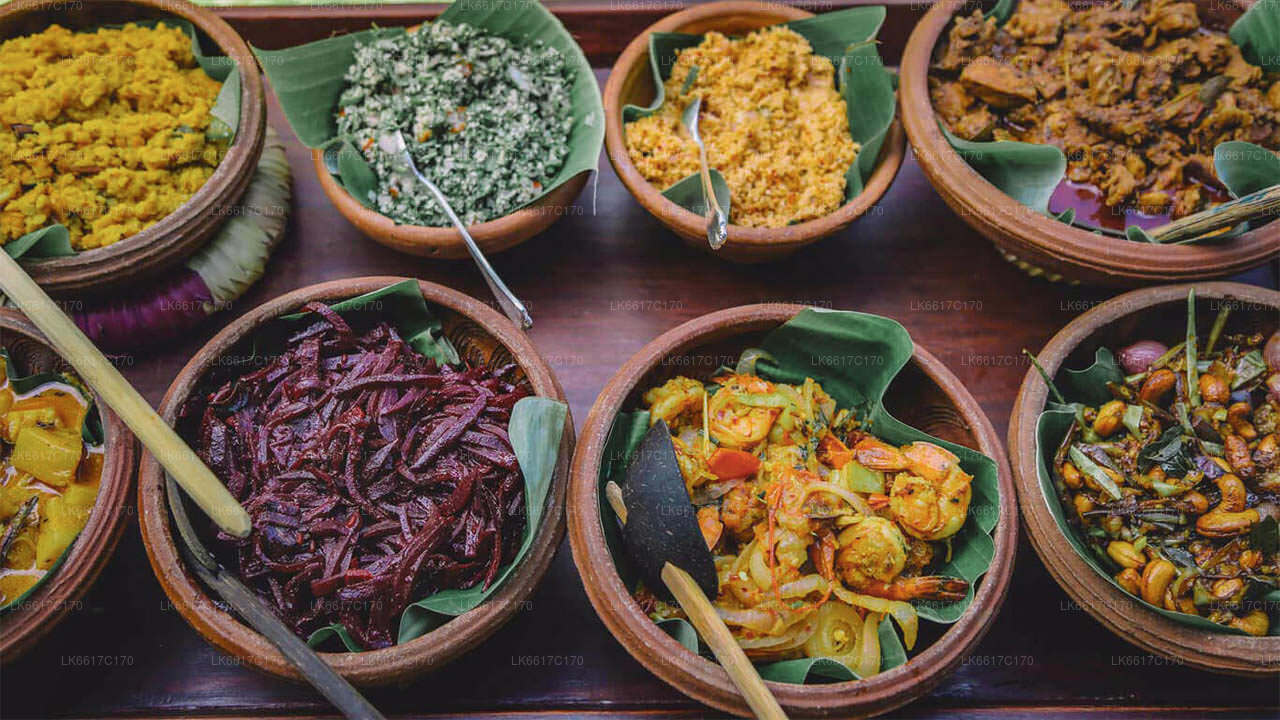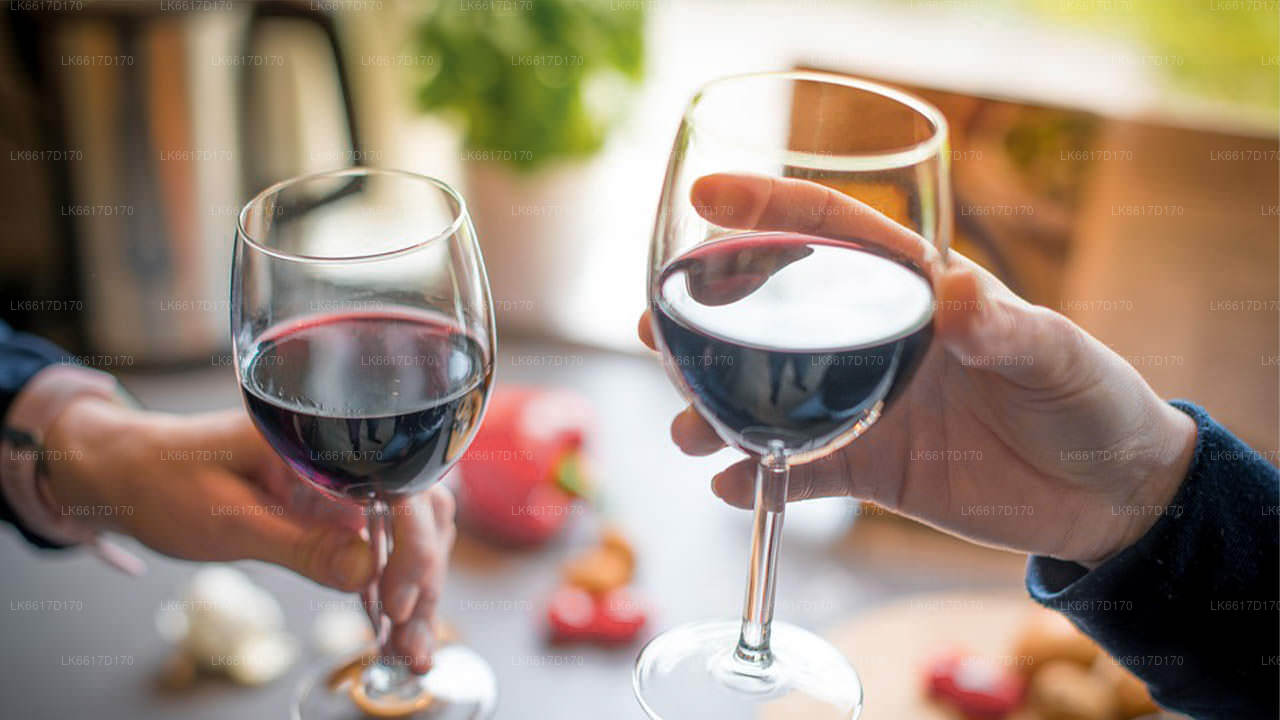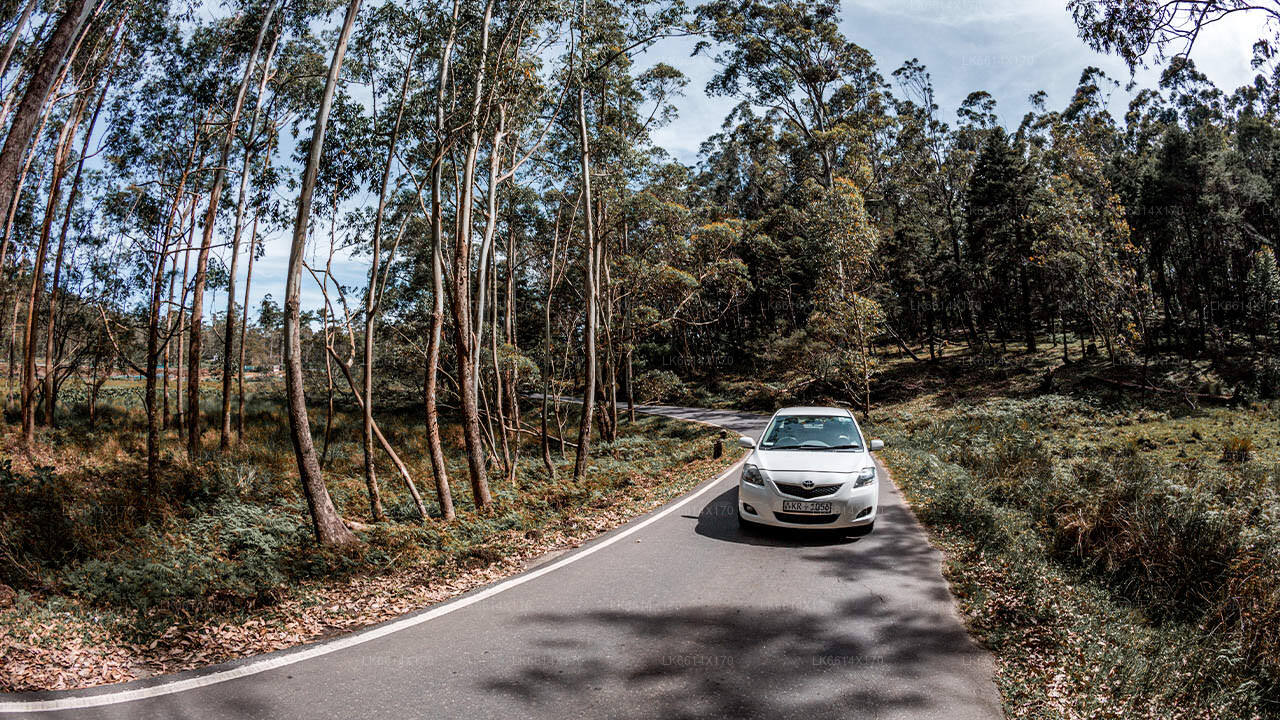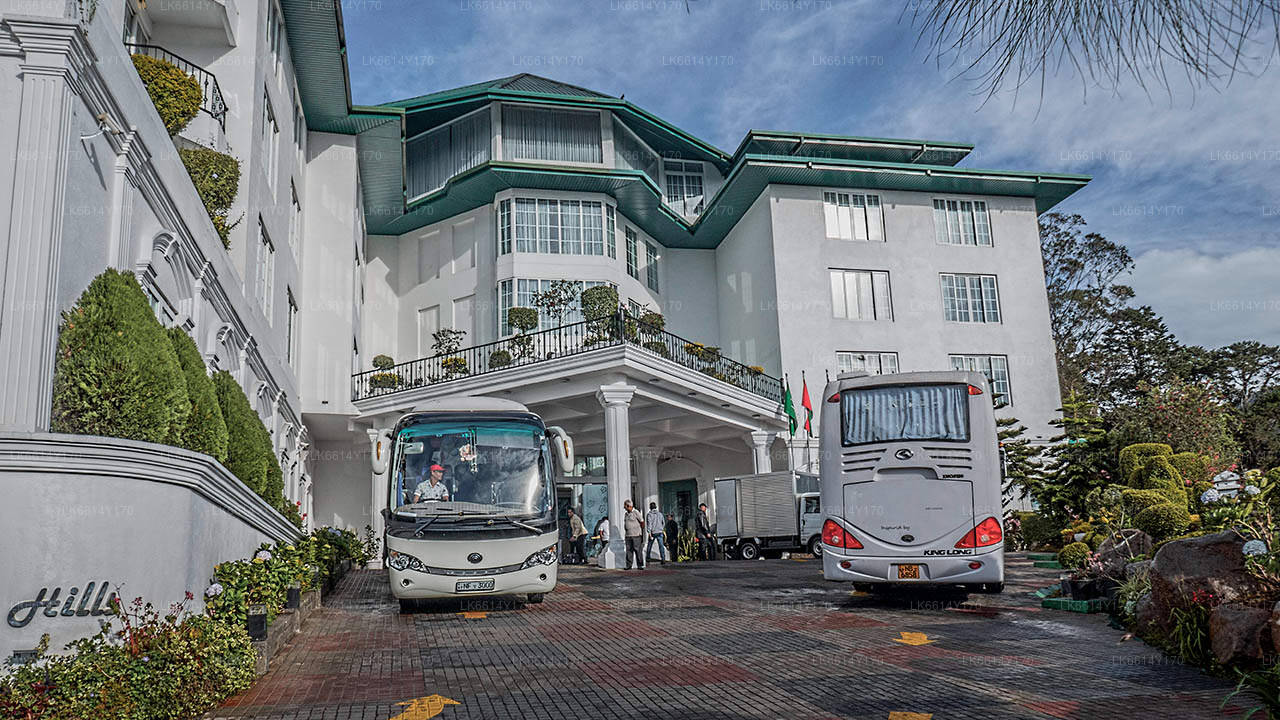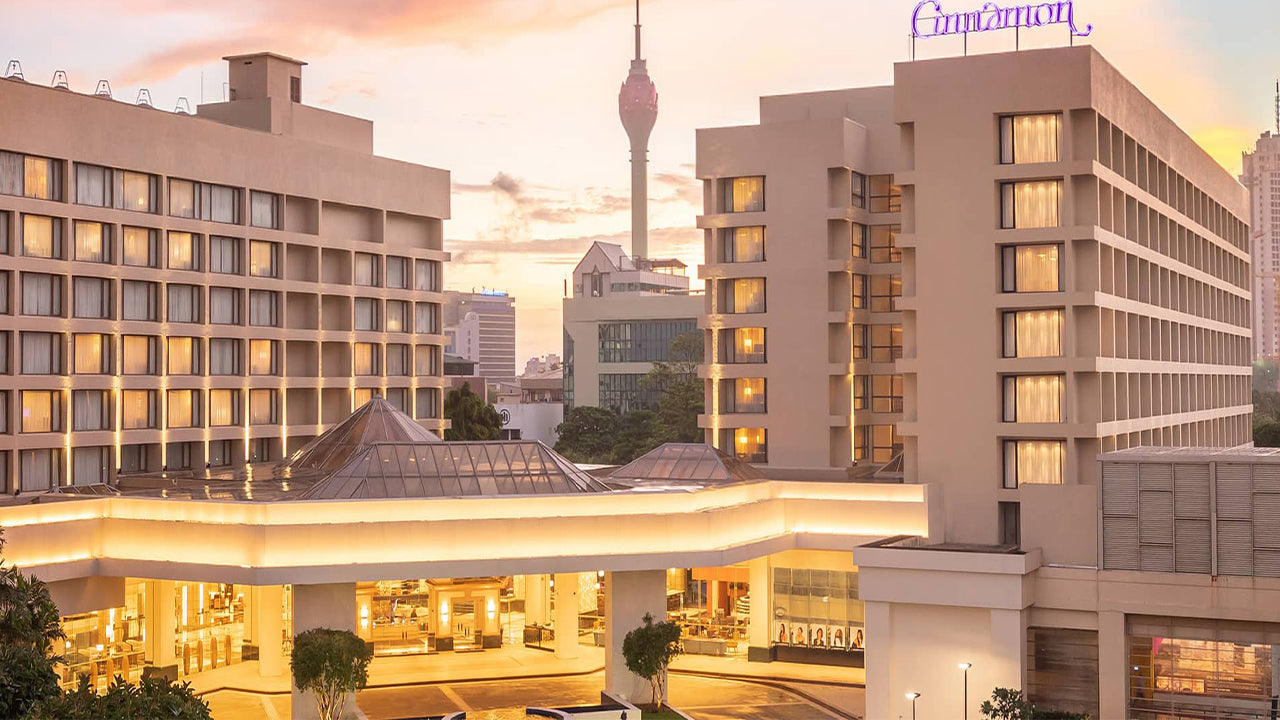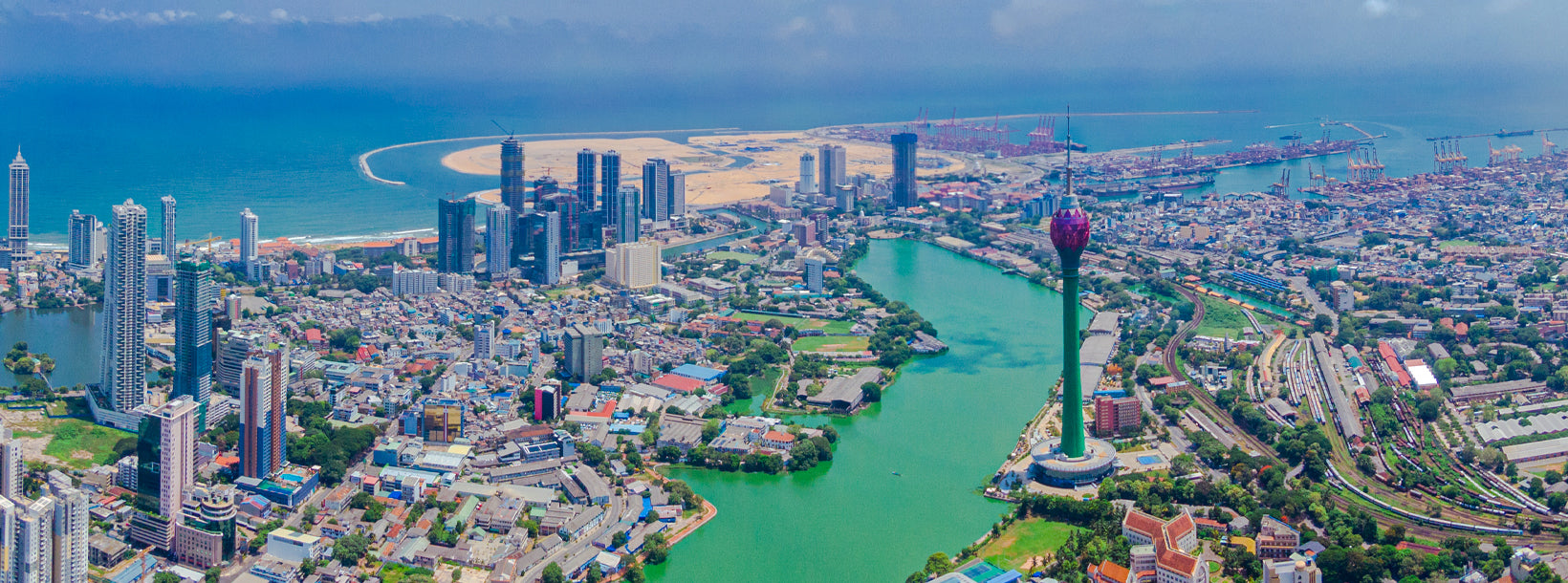
科伦坡市
科伦坡是斯里兰卡的首都,是一座充满活力的城市,融合了传统与现代。它拥有殖民时期的建筑、热闹的市场和宁静的佛教寺庙。科伦坡拥有多元化的美食、不断延伸的天际线和美丽的海滩,是充满活力的商业、文化和旅游中心,也是探索斯里兰卡奇观的门户。
Origins of Kollupitiya (Colpitty)
Origins of Kollupitiya (Colpitty)
There was a time when Kollupitiya was known as Baradeniya. It was a beautiful rustic village with coconut gardens and cinnamon trees that grew wild and narrow cart-tracks which connected the few villas and homes here with the rest of the country. For the purpose of postal services ‘Colombo 03’ consists of Kollupitiya.
How Baradeniya became Kollupitiya
The year was 1664 and the king was Rajasinghe II whose cruel acts embittered his subjects. Three Kandiyan chiefs sought to slay the king and place his 12-year-old son on the throne. One of the conspirators was Udanuwara Ambanwela Appuhamy. When the plot failed, the king had two of the rebel leaders beheaded. However, instead of executing Abanwela Appuhamy, the most feared of the rebels, he handed him over to the Dutch to undergo what he thought would be a more brutal torture. Instead the Dutch set him free. Ambanwela Appuhamy took the Dutch name of Van Ry-cloff and built up a good relationship with the Dutch who gave him a large plot of land by the sea where he grew a coconut plantation which soon expanded over the ancestral farms of the natives who dared not complain. They could only retaliate by calling the plantation Kolla-ke-pitiya meaning 'Plundered land'. Today, there is still an area in Kollupitiya that is called Polwatte.
The footprints of Galle Face
Colombo 03 begins with Galle face south of Colombo Fort (Colombo 01). Originally a vast swamp, the Portuguese and Dutch used this piece of land as a strategic defense. It was the British who developed the Green into a leisure ground. The 19th century paintings of John Deschamps, show the Galle-Face esplanade with a high road running through the centre of it. Added later was a promenade by the sea and a driveway bordering the lake where the Dutch Military cemetery was. Deschamps describes it as forming not only the principal exercising ground of the garrison, but also the general promenade of the inhabitants of Colombo and its vicinity. “On foot, on horseback, or in carriages, people flocked to this salubrious setting to inhale the delicious breeze which is almost always to be found by the sea side of this part of the Island”. The Galle Face esplanade or Green was established by Governor Ward in 1859. An inscription reads "in the interest of the ladies and children of Colombo ".
Cricket, football and polo were played on the Green. In 1829, horse racing was established under the auspices of Sir Edward Barnes. A circular race stand was built by subscription. Initially it was a building of brick, coated with a plaster of chunam. Its conical roof was covered with an excellent thatch of kehjan (woven coconut leaves). From here a view of the whole course could be obtained. The race-balls were held here, the upper room being cool and airy for dancing; card-tables were placed in the verandahs, whilst the lower portion formed a good supper-room. Subsequently the roof was tiled. By the 1870s it had become a more substantial building and was known as the Colombo Club. This building still stands, even though maybe not in its original modest form, and is now the Crystal Ballroom of the Taj Samudra Hotel Colombo.
At one end of the green was the Galle Face Boarding House, forerunner of the present Galle Face Hotelwhich was constructed in 1887. Today the green has lost much in its extent but after a long period of neglect has recently been restored back to the chief leisure ground of modern Colombo for people of all walks of life. A temple, a church, a school
Kollupitiya Walukarama Buddhist Temple is said to be the oldest temple in Colombo. It was founded in the 1800s by Ven. Panditha Valane Sri Siddhahatta Maha Nayake Thera, who was also the founder member of the Maha Sangha Saba of the Siyam Nikaya of the Kotte Chapter. The land for the construction of the temple was donated by a famous indigenous medicine physician of Kollupitiya, Arnolis Silva. St. Andrew’ s Scots Kirk founded in 1842 as a Church of Scotland by Scots living in Ceylon, has today become the International Church in Colombo welcoming into its fellowship people of all nations and denominations of the Christian faith.
Jinaraja Kanista Vidyalaya down Dharmakirthi Ramya Road dates back to 1898. Then named "Jinaraja Buddhist English School" this was the oldest Buddhist English mixed school in Colombo. This school was established for boys and girls of Colombo managed by the Buddhist Theosophical Society, Colombo under the guidance of Col. Henry Steele Olcott.
Galle Face Court 1 was the first multi storey block of flats in Sri Lanka and the domed addition which followed as Galle Face Court 2 were both buildings that were initiated by the Macan Markar family as residential, business and real estate ventures. The dome housed an observatory. The road here was renamed Sir Macan Markar Mawatha on account of the contribution of the Macan Markar family towards industry, business, trading and politics in Sri Lanka.
More famous were the Macan Markar family for their gem and jewellery trade, which had, among its clientele, several members of the British nobility and Royalty including His Majesty King Edward VII (1875) as Prince of Wales and His Majesty King George V (1901) as the Duke of Cornwall and York. The world famous Cat’s Eye, weighing 105 Carats referred to as the Blue Giant of the Orient, a Blue Sapphire weighing 225 carats named the Wonder Star of Asia and a Star Sapphire weighing 225 carats are said to be in the possession of the firm.
Victory Silk Store was established in 1947 and is the oldest Textile shop in Kollupitiya. The founder, C Parsram, was a highly honored and respected Sindhi who had come to settle permanently in Ceylon from India in 1914. Parsram was the founder of member of the Sindhi Merchants Association of Ceylon and also held the prestigious position of its Presidency many times. He was also responsible for the establishment of the Ceylon Sindhi Community Center at Kollupitiya.
Perera & Sons originated with K. A. Charles Perera who came to Colombo from a village called Kodagoda near Galle. He arrived in Colombo in 1888, with only 50 cents. He began his career as a cook in colonial mansions and then joined the Grand Oriental Hotel as a kitchen helper where subsequently he took up the responsibility of the hotel’s bakery. Perera commenced his own bakery in 1902 by renting two houses at Steuart Place, Kollupitiya. Today Perera & Sons, are perhaps the largest bakers in the country.
Albert Edirisinghe Opticians is the very first optical firm dealing in eye testing and manufacture of spectacles in Kollupitiya, established in 1949. Albert Edirisinghe, hailed from Galle and originally joined the business of William Pedris & Company in 1936 where he worked in the optical section of the firm gaining valuable experience. After serving for almost 13 years, he started his own enterprise, which is today a very successful optical company in the country.
Durdans Hospital established in 1945 at Alfred Place, Kollupitiya, is one of the oldest private sector hospitals in the country. This was the home of Charles Pieris. It was begun as the Principal British Military Hospital in Sri Lanka. Premasiri Stores originally limited to groceries, was established in 1952 by Premasiri a young entrepreneur. Within a short time, Premasiri Stores built up a regular clientele from among the local population and a sizeable foreign community of the area. They ventured into the direct imports of certain products to cater to the mixed clientele. A "Wine & Spirits" department was also added to the stores.
Temple Trees - where the rich and famous lived
The house and premises a little over six acres named the ‘De Brandery’, meaning the Distillery, is believed by some to have housed an excellent cellar, while others say the building was used to make spirits. Many have been its famous occupants in the past. Frederick Baron Mylius (from 1805) a judge in the Ceylon Civil Service social reformer and anti-slavery activist, John Walbeoff (1830) head of the Cinnamon Department, George Winter who was a pioneer of sugar cultivation on a commercial scale and other enterprises in Ceylon like manufacturing coir rope and distilling arrack in Kalutara, C R Buller (1840) Government Agent of the Western Province, after whom Bullers Road (now Bauddhaloka Mawatha) was named, the Layard family, Dr Christopher Elliot (1848) the Principal Medical Officer in Ceylon who was also the proprietor and editor of the ‘Ceylon Observer’ English daily newspaper. It was during the occupancy of J P Green (1856), that the De Brandery was renamed as ‘Temple Trees’, so called after the two gnarled old temple trees growing in the front yard.
Temple Trees was purchased by the Government in November 1903, for the use of the Governor and other high ranking British government officials. After Independence was granted in 1948, it was declared the official residence of the Prime Minister. Today, it is the official residence of the President of Sri Lanka.
A mini zoo, a cattle farm, and Weliganna watte
A mini zoo had been in operation at "IXORA" Green Path. This was earlier owned by Hagen Bech who was the originator of the Dehiwela Zoo. The animals were later transferred to Dehiwela. A cattle farm, referred to as 'Kiri Pattiya', had been in operation down Palm Grove Avenue. It is said that milk was distributed free to the people from beneath a huge tamarind tree that stood in this area. Weli Ganna-watte (the garden where sand was taken from) was an area between the Kollupitiya Railway Station and Galle Face Hotel, to its North. It was a highly profitable illegal business and people used to come from all parts of Colombo to take away sea sand, using bullock carts. There used to be organized gangs who demanded 'kappan' (protection money) from the carters in order to guarantee them safe passage with their sand.
Thus is a brief description of what was Kollupitiya or Colombo 03. (Some of this information was obtained from a book titled Colonial Kollupitiya and its environs by H.M.M. Herath).
关于科伦坡区
科伦坡是斯里兰卡最大的城市和商业中心,位于岛屿西海岸,毗邻斯里兰卡首都斯里贾亚瓦德纳普拉科特。科伦坡是一座繁忙而充满活力的城市,融合了现代生活、殖民时期的建筑和遗址,城市人口为647,100人。科伦坡都会区由科伦坡、加姆珀哈和卡卢特勒三个区组成,人口估计为5,648,000人,占地面积3,694.20平方公里。科伦坡是一座多民族、多文化的城市,也是斯里兰卡人口最多的城市,市区内居住着642,163人。科伦坡的人口由多个民族组成,主要包括僧伽罗人、摩尔人和泰米尔人。城内还居住着一些小型社区,包括华人、葡萄牙人、荷兰人、马来人和印度人,以及众多欧洲侨民。绝大多数斯里兰卡企业的总部都设在科伦坡。这些企业涉及的行业包括化工、纺织、玻璃、水泥、皮革制品、家具和珠宝。市中心坐落着南亚第二高的建筑——世界贸易中心。
关于西部省
西部省是斯里兰卡人口最稠密的省份。立法首都斯里贾亚瓦德纳普拉科特和国家行政及商业中心科伦坡均位于此。西部省分为三个主要区:科伦坡区(642平方公里)、加姆珀哈区(1,386.6平方公里)和卡卢特勒区(1,606平方公里)。作为斯里兰卡的经济中心,所有大型本土和国际企业都在此设立办事处,所有主要的设计师品牌和商业街零售商也都在此设立,所以准备好在西部省尽情享受购物的乐趣吧。西部省是斯里兰卡人口最多的省份,岛上几乎所有顶尖的教育机构都位于这里。该省的大学包括科伦坡大学、斯里贾亚瓦德纳普拉大学、凯拉尼亚大学、斯里兰卡开放大学、斯里兰卡佛教与巴利语大学、约翰·科特拉瓦拉将军国防大学和莫拉图沃大学。西部省拥有全国最多的学校,包括国立学校、省立学校、私立学校和国际学校。


